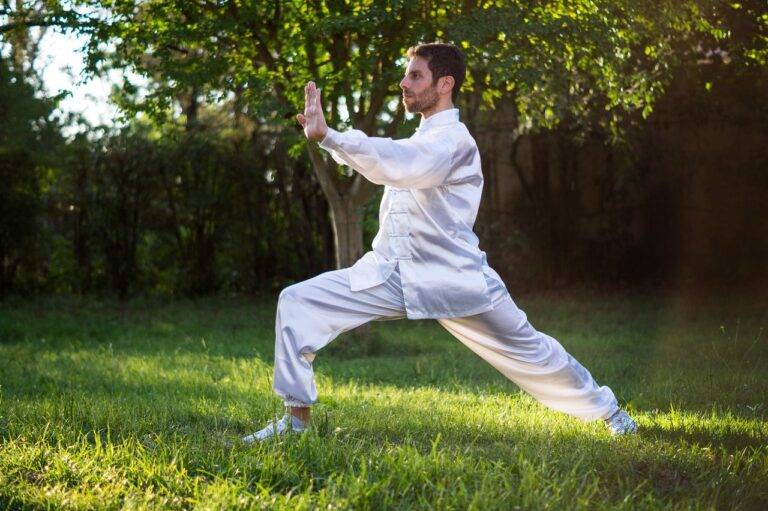Slow Living Movement: Embracing a Less Hectic Pace of Life
In a world that seems to be constantly accelerating, embracing a slower pace can offer numerous benefits to our overall well-being. By allowing ourselves the time to savor each moment and be present in the here and now, we can reduce stress and cultivate a greater sense of inner peace. Slowing down can also lead to a deeper appreciation for the simple joys in life, such as enjoying a cup of coffee in the morning or taking a leisurely walk in nature.
Furthermore, embracing a slower pace can help us reconnect with ourselves and our surroundings on a more profound level. When we are not constantly rushing from one task to the next, we create space to reflect, recharge, and prioritize what truly matters to us. This can result in improved mental clarity, creativity, and a heightened sense of fulfillment in our daily experiences.
Understanding the Roots of the Slow Living Movement
The Slow Living movement has its origins in the Slow Food movement that started in Italy in the 1980s. This grassroots movement aimed to counteract the fast pace of modern life by promoting a more intentional and mindful approach to food consumption. As the idea of slowing down gained momentum, it eventually evolved into a broader philosophy that encompassed all aspects of life.
The principles of the Slow Living movement encourage individuals to prioritize quality over quantity, savor experiences, and cultivate a deeper connection to their surroundings. By embracing a slow pace, adherents seek to enhance their overall well-being, reduce stress, and foster a greater sense of fulfillment in their daily lives. Embracing simplicity, mindfulness, and sustainability are key tenets of this movement, inspiring people to reevaluate their priorities and find joy in the present moment.
What are some benefits of embracing a slower pace in life?
Embracing a slower pace in life can reduce stress, improve mental health, increase mindfulness, enhance creativity, and lead to a greater appreciation of the present moment.
What are the roots of the Slow Living Movement?
The Slow Living Movement has roots in the Slow Food Movement, which began in Italy in the 1980s as a response to the fast food industry. It emphasizes the importance of taking time to enjoy and savor life’s simple pleasures.
How can I incorporate slow living into my daily routine?
You can incorporate slow living into your daily routine by practicing mindfulness, spending time in nature, simplifying your schedule, disconnecting from technology, and engaging in activities that bring you joy and relaxation.
Is slow living only for people who have a lot of free time?
No, slow living is not just for people who have a lot of free time. It is about making intentional choices to prioritize what is most important to you and to savor each moment, regardless of how busy your schedule may be.





